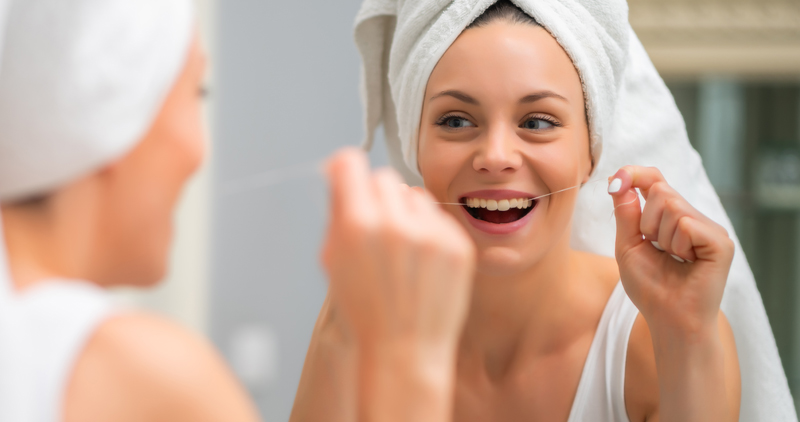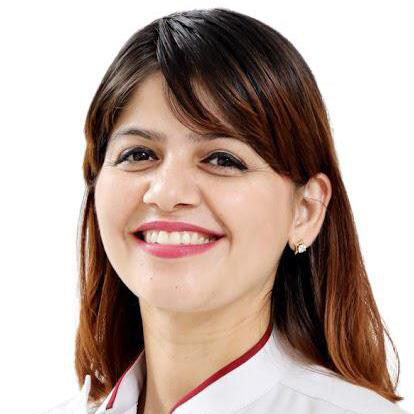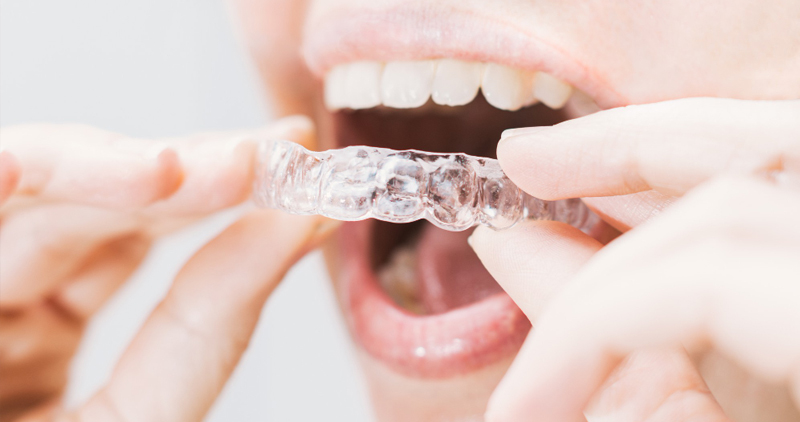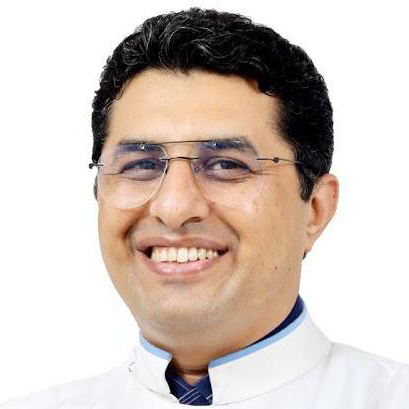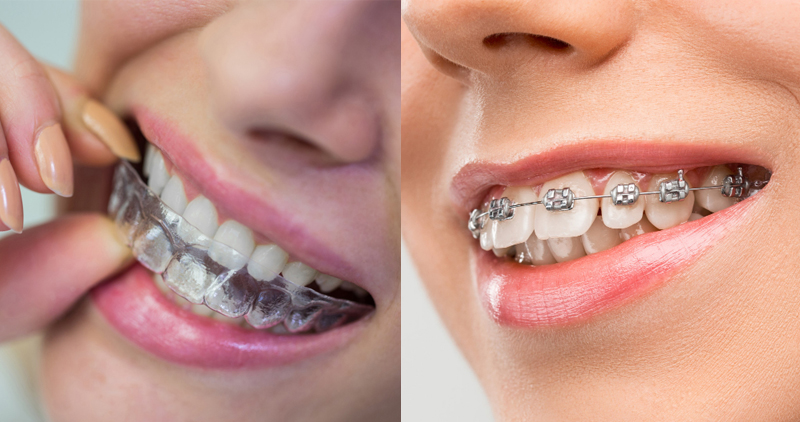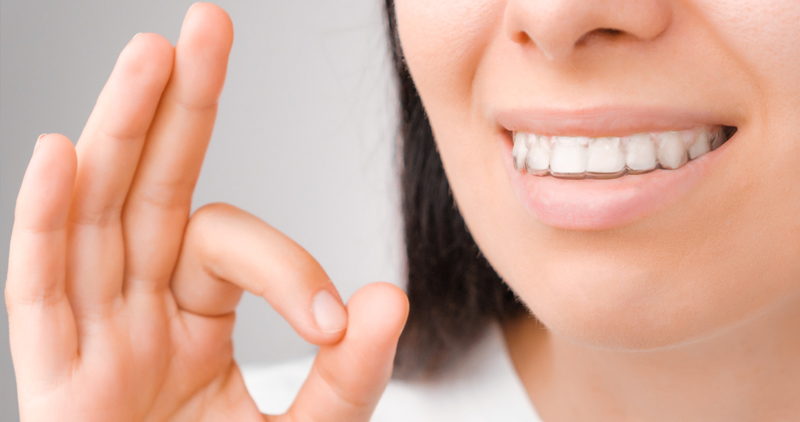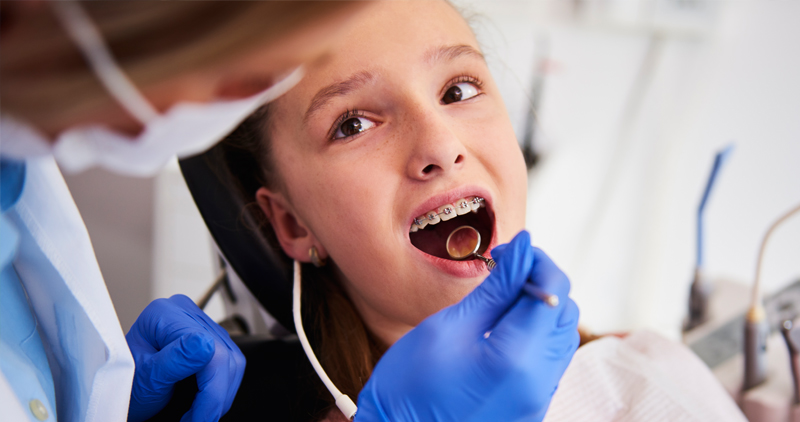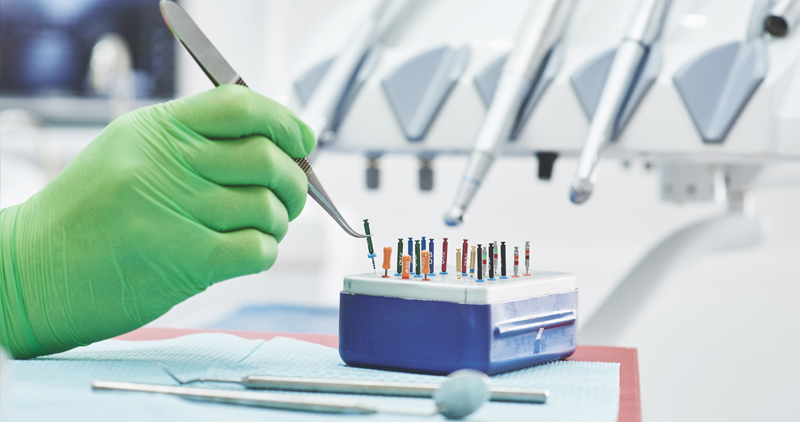The best way to take care of your mouth is to brush and floss twice a day.
This helps remove the sticky film called plaque that collects on teeth and gums. Plaque makes acids and toxins that can damage your teeth and gums.
Using a mouthwash can also help fight plaque. If you're not sure what kind to use, ask your dental team.
Here are some ways to get the most out of your brushing routine:
- Brush for at least 2 minutes, twice a day, with a fluoride toothpaste. Pay special attention to your back teeth, which may have more plaque on them.
- Use a toothbrush with soft bristles. Brush with gentle strokes so you don't wear away your gums or teeth.
- Change your toothbrush every 3 months. Bristles that are worn remove less plaque.
- Brush your tongue to help freshen your breath. Brush from back to front using a gentle sweeping motion.
Are you holding your toothbrush correctly? Here are some tips:
Hold your toothbrush at a 45-degree angle to your gumline. Brush 2 or 3 teeth at a time. Move the toothbrush from the gums toward the edge of the teeth.
Hold the toothbrush vertically to clean behind your upper and lower front teeth. Use gentle up-and-down strokes with the tip of your toothbrush.
Flossing helps keep teeth and gums healthy.
Flossing every day removes plaque along the gumline and between teeth.
To floss correctly, follow these steps:
- Wind floss around your middle fingers.
- Use your thumbs and index fingers to guide floss between teeth.
- Wrap the floss around the sides of each tooth, making a "C" shape. This will help ensure that you get between gums and teeth.
Here are some other flossing tips:
- Check your gums in the mirror while you floss. Your gums should be firm and pink. If they are red, swollen or bleeding, see your dental team.
- Don't stop flossing if your gums bleed. Flossing can improve the health of your gums and help them stop bleeding.
For a healthier mouth, consider using a electric rechargeable toothbrush. Most electric chargeable toothbrushes remove more plaque than manual toothbrushes. Some also have built-in features that help protect teeth and gums.
To use a electric chargeable toothbrush:
- Guide the brush head from tooth to tooth. Simply move the brush head against each tooth for a few seconds and let the mechanical movement of the brush provide the cleaning action.
- Gently direct the brush head along the gumline. Follow the natural curve of your mouth.
- Sweep the brush head along your tongue to freshen your breath.
Quick tips for better oral health
- The best way to take care of your mouth is to brush with a fluoride toothpaste and floss your teeth twice a day.
- Using mouthwash can also help fight plaque and freshen your breath.
- Hold your manual toothbrush at a 45-degree angle to your gumline.
- When flossing, form a "C" shape around each tooth.
- For a healthier mouth, consider using a electric chargeable toothbrush. Most electric chargeable toothbrushes remove more plaque than manual toothbrushes.
